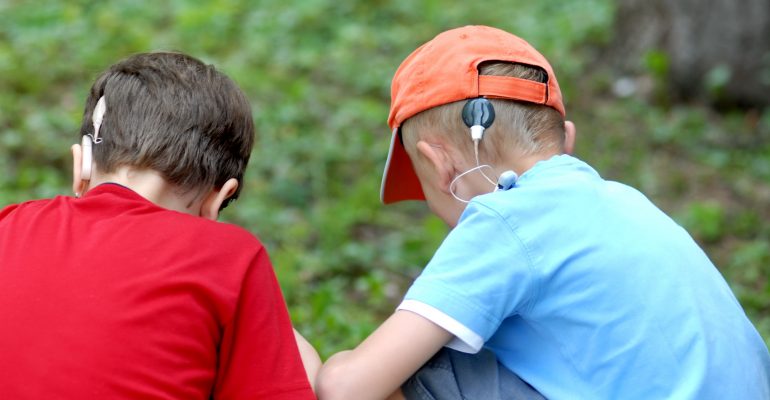Article 21 of the UN Convention on the Rights of Persons with Disabilities recognises the right of persons with disabilities to receive information on an equal basis with others, through all forms of communication of their choice. Article 30 recognises the right of persons with disabilities to take part on an equal basis with others in cultural life, and states that all appropriate measures shall be taken to ensure that persons with disabilities enjoy access to television programmes in accessible formats.
A significant difference of provision in relation to access to television for the deaf and hard of hearing has been identified across Europe. And therefore FEPEDA is strongly of the view that deaf children have the right to the same degree of access, in term of quality and quantity, to all television programs as hearing children, so that they can understand, enjoy and share the television, on an equal basis with others and in an easy way.
Legislation and standardization
Member countries should aim for subtitling and sign language presentation for all programmes, including commercials advertisements, on all broadcasting media, backed by appropriate legislation.
Deaf children should have an option to choose the means of access they prefer, whether it be through subtitling or sign language interpretation.
Subtitling and sign language presentation and interpretation should also be of a recognized quality and standard. In particular, the quality and standard of subtitling and sign language presentations should be maintained not only in pre-recorded programmes, but in live programmes as well.
Subtitling and sign language presentations for all programmes watched by children should be produced to minimum standards, drawn-up and agreed by broadcasting companies, regulatory bodies and organizations representing deaf children and their families.
These standards should ensure adequate reading time, synchronisation, reflecting the spoken word with same meaning and complexity of the written word, and taking into account the type of programme and the intended audience.
Member countries should work towards agreed European standards for the production, management, storage and transmission of subtitles of programmes for deaf children.
In some countries, because of financial or other constrains, it is not always possible to make the same progress in both subtitling and sign language and presentation. In such cases a priority may be given to subtitling.
While this practical constraint is recognised, nevertheless member states should try at all times to give equal recognition to sign language and subtitling.
Industry and new technologies
New technologies, including digital television, imply a huge advance in the technical possibilities for subtitling and sign language interpretation.
Receivers and decoders of digital signals should be accessible by ensuring that it is possible to record one channel, with subtitles, while watching another channel.
Given that new technologies offer the possibility of optional subtitling and sign language interpretation, it is necessary, when television is being transmitted in public places, that it would be ensured that subtitling and sign language presentations are automatically switched on.
Broadcaster and programme makers
If subtitling is available, broadcasters and programme makers should announce this and they should also announce any change in broadcast programming.
Deaf children should be portrayed in a positive and realistic manner on television programs.
Broadcasters and programme makers must establish an ongoing and effective consultation mechanism with deaf children and/or with those who represent them.
Broadcasters and programme makers should encourage the training of deaf and hard-of-hearing people within the industry, as well as the training of qualified subtitlers.
General Assembly
Turku, August 2011

